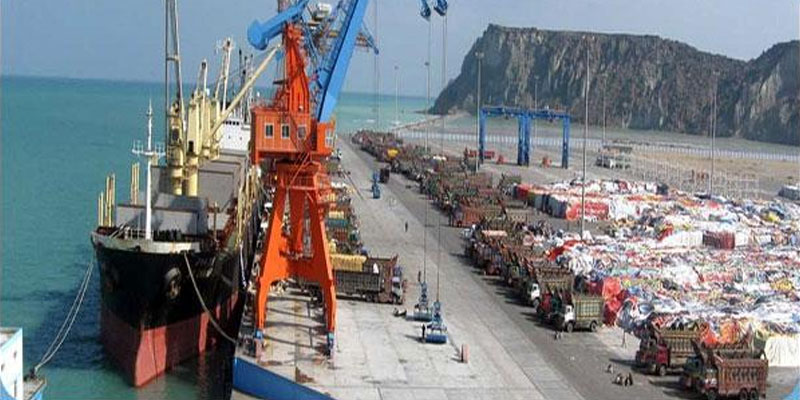Gwadar-Nawab Shah Pipeline: US-Saudi nexus

GWADAR, JUN 20 (DNA) – It seems the latest casualty for Pakistan amidst the diplomatic tensions in the Middle East has been the Gwadar-Nawabshah LNG pipeline project which was shelved by the PM in a recent meeting.
The project worth almost $2billion aimed to transport RLNG from the planned LNG terminal at Gwadar to Nawabshah, spanning a distance of 700km.
Conceived as an alternative to the Iran-Pakistan (IP) gas pipeline project which understandably could not be pursued due to US pressure and sanctions, the government hoped to use the pipeline as a main trunk line to supply both imported LNG as well as indigenous gas in a more efficient manner.
According to the project proposal, the pipeline could eventually be extended to Multan and become the main trunk line for supply to Sui Northern Gas Pipelines Limited.
Interestingly though, according to sources at the Planning Commission the aim of policymakers was twofold. One, as previously mentioned would be to initially transport 600 mmcfd to Sindh and then distribute from there onwards. However, a clever strategic ploy was to eventually use this pipeline to connect to the IP gas pipeline.
The IP pipeline would begin from South Parsgas field in Iran and end at Nawabshah with a total distance of 1931 km out of which roughly 781 km will be in the Pakistan side. Therefore if the Gwadar-Nawabshah pipeline of 700 km was built, when and if sanctions were removed from Iran, Pakistan would only have to lay an additional 80-100 km of pipeline till the Iranian border.
The hope was that this way, international powers could not pressurize Pakistan as the pipeline’s main aim for the time being would be to cater to the LNG terminal.
Iran has not been too happy with the way the government has preceded on the IP project although US pressure has been one of the main reasons for the delay.
In fact, after assuming office US President Trump has been highly critical of Iran and has called for reinstating sanctions against the country. Saudi Arabia has also been active in persuading Pakistan to drop the project given its rivalry with the Persian state.
Therefore, the timing of decision which comes right after Saudi Arabia’s diplomatic spate with Qatar could be seen as Saudi and American pressure to shelve the project.
For, there seems no other rational explanation given that the government decided to award the project to China Petroleum Pipeline Bureau on a build-own-operate (BOO) basis in October 2016. The Export-Import Bank of China (EXIM) had also agreed to provide $1.35 financing for the project
This results in not only losing a much needed opportunity to diversify energy imports for Pakistan as it relies on Qatar for all of its LNG imports currently; but also reneging on its commitment with the Chinese does not set a favourable precedent in light of the Chinese investment under CPEC.
It seems that the decision is motivated by political concerns rather than any cost issues, and indirectly hints at the foreign policy inclination of the government towards placating the Kingdom as well as the hyper-charged attitude of US President Trump towards Iran.=DNA
================
Related News

AZAL’s direct flights usher in new era of connectivity between Azerbaijan, Pakistan
KARACHI, APR 19 /DNA/ – The Ambassador of the Republic of Azerbaijan to the IslamicRead More

China Exports Drop More Than Expected in Setback to Recovery
Islamabad, Apr 12 (DNA): Experts lauded China’s role in advancing Hybrid Rice cultivation in Pakistan,Read More


Comments are Closed